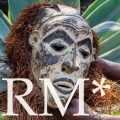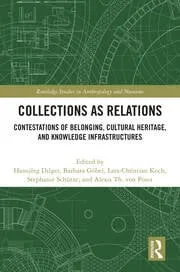This is a chapter in ‘Collections as Relations – Contestations of belonging, cultural heritage, and knowledge infrastructures’, eds. Hansjörg Dilger, Barbara Göbel, Lars-Christian Koch, Stephanie Schütze, Alexis von Poser
By using archive material, press clippings, and fieldwork, Mai Lin Tjoa-Bonatz shows that knowledge production on historic gold artefacts is created by archaeological, historic, curatorial, or collector’s expertise – thus addressing separate actors from practice.
The local context is brought in by highlighting the digging out of archaeological finds by Indonesians on the islands of Java and Sumatra.
Knowledge engagements produced in the Ethnological Museum of Berlin (EM) address provenance research. The study of the accession and acquisition records allows the gathering of knowledge on the kind of material acquired in the museum and on material that existed but was lost.
Six gold rings will be presented in connection to their collecting histories. I follow the concerns of collectors and staff of the museum to be able to combine these perspectives and understand their relations.
The chain of transfer after the objects were found or dug up and handed over by locals is far from comprehensive, but these investigations point to a wider and controversial stock of knowledge on this material group than the small amount of gold coming from controlled archaeological investigations.
Note RM*: The book also has chapters on colonial collections and restitution related to Germany, Namibia, Cameroon and the Americas.


